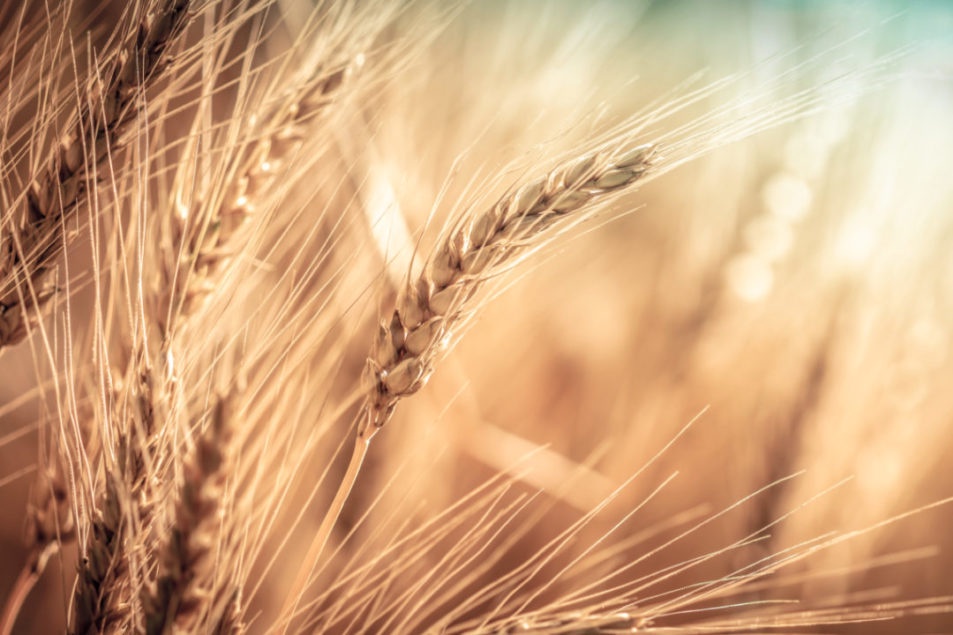Wheat is an important staple food in India and is grown in many parts of the country. The total wheat production in India was around 105 million metric tons in 2019-2020. Wheat has played a significant role in the diet and culture of India. It continues to be a vital component of the country's agriculture and food industry today.
In this topic, we will take a closer look at India's various stages of wheat production, from planting to harvesting. We will also discuss some of the industry's challenges. These challenges include pests and diseases, low productivity, and climate change. Through this discussion, we hope to provide a comprehensive overview of Indian wheat production.
Production of Wheat in India
We shall delve into India's various stages of wheat production. Wheat production involves planting and fertilisation, pest control and disease management, and harvesting and post-harvest practices. These are vital for ensuring high crop yields and maintaining grain quality. Farmers consider these as the most important steps involved in Indian wheat farming.
Planting and Fertilisation
In India, farmers plant wheat in the winter using seed drills or planters. Farmers use inorganic, organic, and green manure fertilisers to ensure good crop yields. Inorganic fertilisers provide quick nutrients, while organic and green manures improve soil structure and fertility. In addition, tractors such as the Kubota b2741 are useful in functions ranging from planting to harvesting.
Pest Control and Disease Management
Pests like the wheat stem sawfly, the wheat spindle bug, and the wheat leaf rust can reduce crop yields. However, farmers can control these pests with pesticides, predators, and resistant seed varieties. Likewise, leaf rust, leaf blight, and fusarium head blight threaten wheat. Again, farmers deal with this through crop rotation, resistant seed varieties, and fungicides. Good farming practices and a combination of control measures can help reduce the risk of pests and diseases.
Harvesting and Post-Harvest Practices
In India, farmers harvest wheat in March and April using a combine harvester and store it in sacks or bins. Farmers follow good post-harvest practices to preserve grain quality, like drying it and protecting it from pests and moisture. In addition, traditional storage methods like jute bags and granaries are used. Chemical treatments like fumigants may be applied to control pests as well.
Challenges Facing The Indian Wheat Industry
The Indian wheat industry is vital to the country's agriculture sector. However, the industry also faces several challenges that can impact crop yields and grain quality.
We will examine some of the major challenges facing the Indian wheat industry. This includes pests and diseases that can damage crops, low productivity levels, and climate change impacts. Understanding and addressing these challenges is crucial for ensuring the industry's long-term viability.
Pests and Diseases Affecting Wheat
Pests and diseases can reduce wheat crop yields in India. Farmers often try to minimise pesticide use and adopt sustainable pest control measures. Infections can also reduce yields and can be managed through crop rotation, resistant seed varieties, and fungicides.
Low Productivity
One of the major challenges facing the Indian wheat industry is low productivity. Despite being the world's second-largest wheat producer, India's yields are significantly lower than many other countries.
Due to various factors, including inefficient farming practices and low levels of mechanisation, India's yield is taking a hit.
Farmers in India should adopt advanced farming technologies and practices, such as precision farming, conservation agriculture, and improved seed varieties. In addition, the government and private sector can support farmers and promote adopting these technologies and practices. For example, farmers can use tractors such as the Kubota mu 5501 to improve their wheat yield.
Climate Change
Climate change, including rising temperatures and extreme weather events, can harm Indian wheat production. However, farmers can use drought-resistant seed varieties and precision irrigation to adapt. Also, the government and private sector can support and promote their adoption.
Conclusion
The Indian wheat industry is important to the country's agriculture sector. It provides millions of people with a vital food source and income. However, the industry also faces several challenges, including pests and diseases that can damage crops, low productivity levels compared to other countries, and the impacts of climate change.
To ensure the industry's long-term viability and meet the food needs of India's growing population, farmers, policymakers, and other stakeholders need to work together to address these challenges and adopt good farming practices. By addressing these issues, the Indian wheat industry can continue contributing to the country's food security, supporting smallholder farmers, and driving economic development.


No comments yet